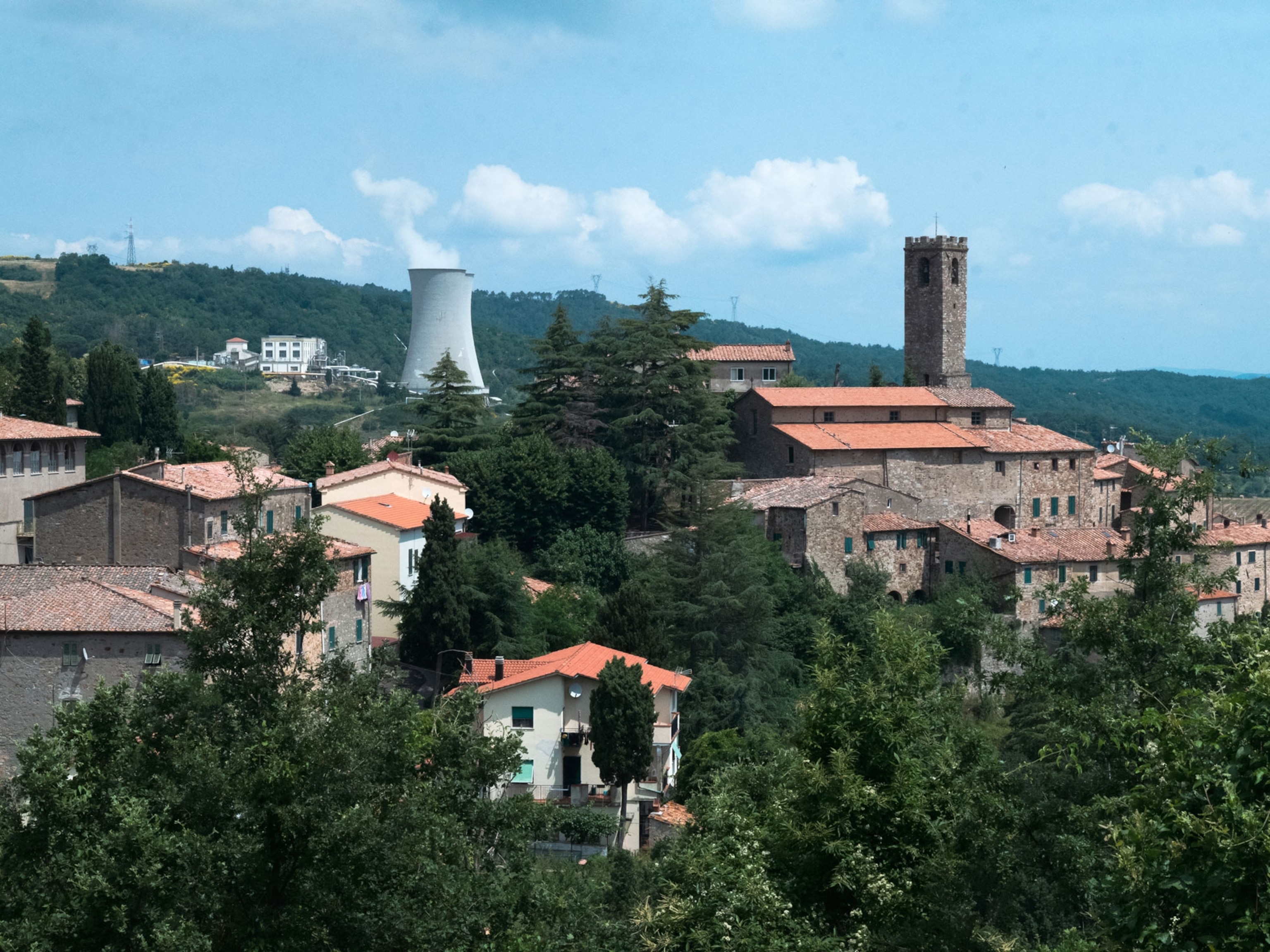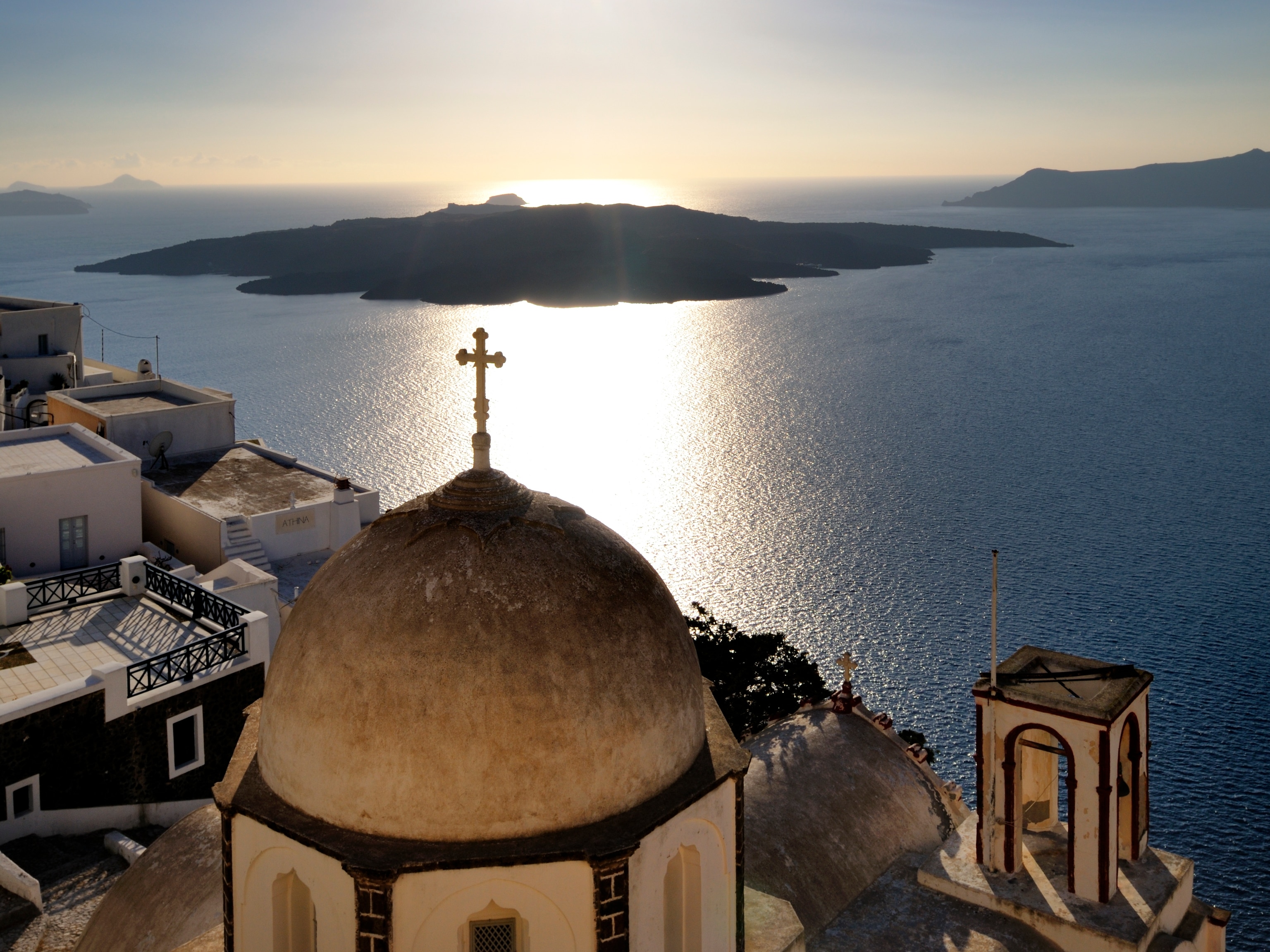
Costa Rica Eyes National Parks’ Volcanoes for Energy
The volcanoes of Costa Rica’s lauded national park system have helped make it a tourism favorite for generations. But three bills before the national legislature offer a reminder that volcanoes also make the parks attractive for another use: drilling for geothermal power.
Demand for electricity has been rising in Costa Rica for decades, and proponents say geothermal—tapping the heat trapped underground and using it to drive turbines—is a carbon-free solution, for a country that has pledged to reach carbon neutrality by 2021. However, the volcanic areas with the highest geothermic activity have long been set aside as national parks, causing conflict between conservationists and the country’s state electrical company.
The new legislation would allow the exploitation of geothermal energy within protected areas: two by public or private enterprise, and one permitting only the state electricity company. The third is considered to have the most potential to pass, but it has high-profile opponents, including President Luis Guillermo Solis, who said in December he would not support the bill.
Alvaro Ugalde, a conservation leader who helped found the national park system in the 1970s, said the volcano’s iconic craters were cast as figureheads to spur protection for the tropical forests surrounding them. “We were going for the ecology, not the volcanoes,” he said.

Some of those protected ecosystems would be handed over to Instituto Costarricense de la Electricidad (ICE), the state electric company, under the proposed law. Geothermal development involves building roads and platforms, and drilling, first to test the geothermal potential and eventually exploit it, said Gerardo Soto, an independent geologist and volcanologist.
With growing demand from both commercial and residential sectors, Costa Rica’s electricity use grew in recent decades at a rate of 5.3 percent annually. In 2011 Costa Rica’s ministry of energy and environment predicted demand would double within 13 years.
Costa Rica is a leader in clean energy production, and hydroelectric dams currently generate 68 percent of the country’s electricity. The country was uniquely suited to exploit hydropower, with abundant and regular rainfall cascading down from the mountainous center towards both the Pacific and Atlantic coasts.
Current geothermal projects, located outside national parks, provide 15 percent of Costa Rica’s energy mix, according to ICE.
Continuing to increase hydroelectric capacity is difficult, making increased geothermal attractive. Soto, who does consulting for ICE and private utilities, said there are few sites for more large hydro-dams, and some are in politically sensitive areas. For example, Diquís, a project in Southern Costa Rica, is far behind schedule due to conflicts with indigenous groups.
Eddy Rivera Sanchez, director of geothermal resources for ICE, said geothermal could provide much more reliable power. It wouldn’t replace dams, he said, but has the potential to provide much more of the country’s energy mix at a time when hydroelectricity has becomes less certain. “Diversifying the electrical grid to sources that don’t depend on water is a way to protect it,” Sanchez said.
He agrees that the best geothermal sources are within national parks, as a natural result of preserving the unique environments surrounding Costa Rica’s volcanoes. “Unfortunately, it’s a coincidence of objectives.”
Sanchez said minimizing environmental damage and allowing recovery has been fundamental in current geothermal endeavors, and that projects within parks would change the habitats no more than natural destruction such as forest fires or landslides. “The effects would be of a level that wouldn’t cause irreversible damage,” he said.
But many conservationists say energy alternatives like wind have not been sufficiently explored to justify a commitment to geothermal energy within the parks.
Ugalde notes that the main problem with the laws being considered is that they attempt to remove the land needed from park status, instead of calling on ICE to work with the park service. Instead the energy company would be required to compensate for the land used, either monetarily or in the form of land purchased elsewhere and given to the park.
The idea that the land within the park could be replaced doesn’t sit well with conservationists. “There’s nothing like it,” Ugalde said of the ecosystems within National Park Rincón de La Vieja, one of the main targets for geothermal. “We created the park exactly in the only site where there was forest.” When Ugalde was beginning the park system, around 70 percent of Costa Rica had been deforested.
It’s not the first time legislators have proposed energy production in the country’s national parks. In 2000, a suite of laws to privatize energy production included permission for hydraulic and geothermal within parks. But both the move towards privatization and the environmental threats were met by sweeping protests, which crippled the country.
Ugalde believes the time for a compromise may eventually come. He can envision geothermal development within the park, but says it must be supervised by the park service. “If they’re gonna need geothermal energy from Rincón, they’re gonna be trying every four years to get it out,” he said, “so let’s work together.”
You May Also Like
Go Further
Animals
- Octopuses have a lot of secrets. Can you guess 8 of them?
- Animals
- Feature
Octopuses have a lot of secrets. Can you guess 8 of them? - This biologist and her rescue dog help protect bears in the AndesThis biologist and her rescue dog help protect bears in the Andes
- An octopus invited this writer into her tank—and her secret worldAn octopus invited this writer into her tank—and her secret world
- Peace-loving bonobos are more aggressive than we thoughtPeace-loving bonobos are more aggressive than we thought
- Why are these emperor penguin chicks jumping from a 50-foot cliff?Why are these emperor penguin chicks jumping from a 50-foot cliff?
Environment
- U.S. plans to clean its drinking water. What does that mean?U.S. plans to clean its drinking water. What does that mean?
- Food systems: supporting the triangle of food security, Video Story
- Paid Content
Food systems: supporting the triangle of food security - Will we ever solve the mystery of the Mima mounds?Will we ever solve the mystery of the Mima mounds?
- Are synthetic diamonds really better for the planet?Are synthetic diamonds really better for the planet?
- This year's cherry blossom peak bloom was a warning signThis year's cherry blossom peak bloom was a warning sign
- The U.S. just announced an asbestos ban. What took so long?The U.S. just announced an asbestos ban. What took so long?
History & Culture
- Why Passover is one of Judaism’s most important holidaysWhy Passover is one of Judaism’s most important holidays
- Is this mass grave a result of contagion—or cannibalism?Is this mass grave a result of contagion—or cannibalism?
- The surprising story of how chili crisp took over the worldThe surprising story of how chili crisp took over the world
- We swapped baths for showers—but which one is better for you?We swapped baths for showers—but which one is better for you?
- How a 3,000-year-old tomb upended what we know about ancient PeruHow a 3,000-year-old tomb upended what we know about ancient Peru
Science
- Ground-level ozone is getting worse - here's what that meansGround-level ozone is getting worse - here's what that means
- Would your dog eat you if you died? Get the facts.
- Science
- Gory Details
Would your dog eat you if you died? Get the facts. - In a first, microplastic particles have been linked to heart diseaseIn a first, microplastic particles have been linked to heart disease
- New fossils reveal one of the smallest titanosaurs ever foundNew fossils reveal one of the smallest titanosaurs ever found
Travel
- How citizen science projects are safeguarding Costa Rican pumasHow citizen science projects are safeguarding Costa Rican pumas
- These guides spend their lives looking for dolphins. They’re dogs.These guides spend their lives looking for dolphins. They’re dogs.
- What it's like to hike to the end of the world in ChileWhat it's like to hike to the end of the world in Chile
- These restaurants serve the best steak in Buenos Aires, ArgentinaThese restaurants serve the best steak in Buenos Aires, Argentina




